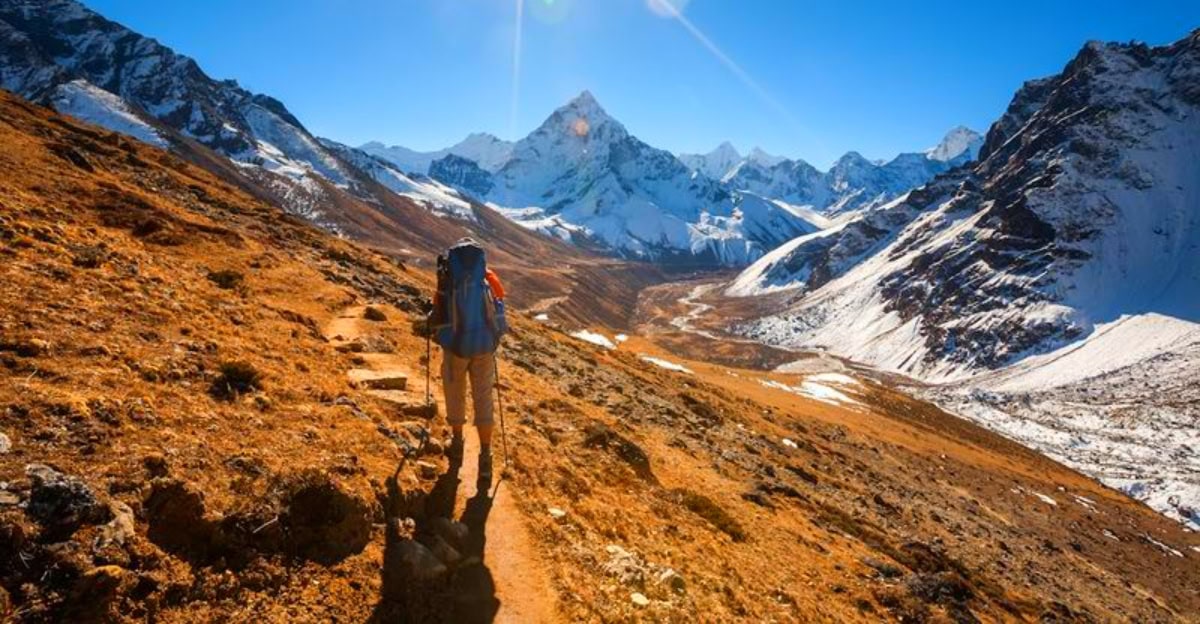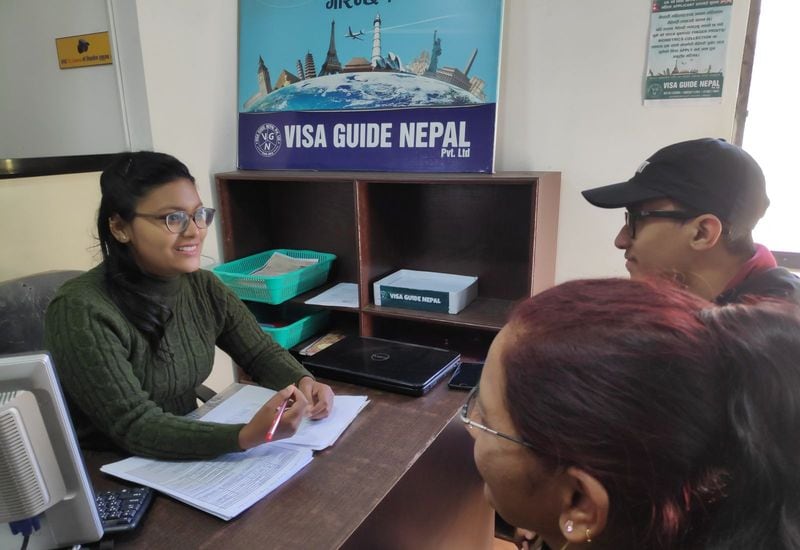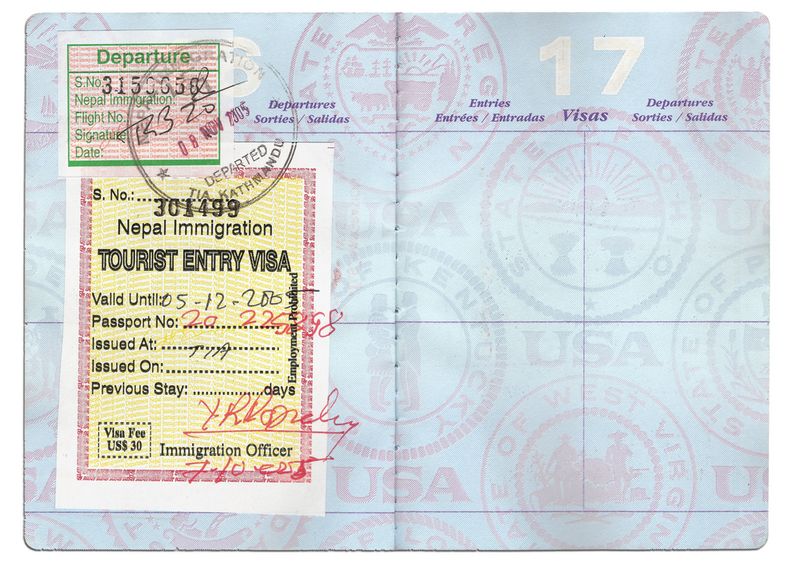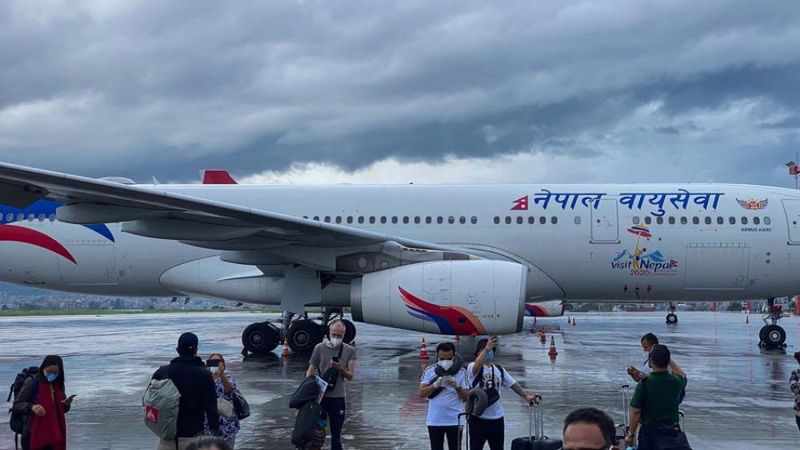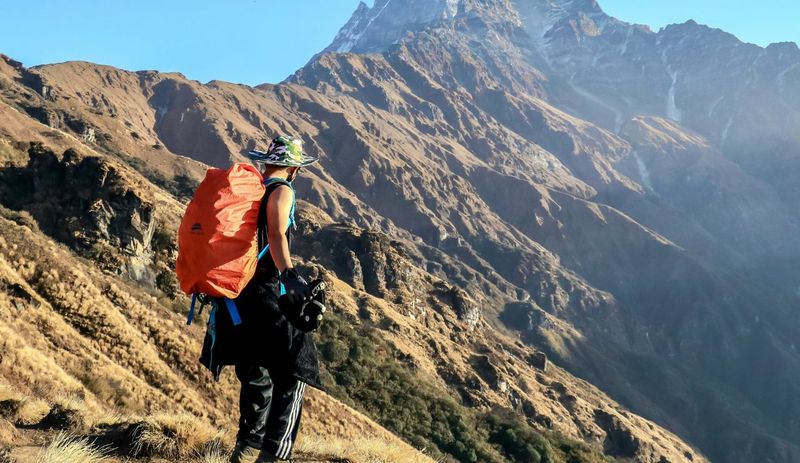Planning a trip to Nepal just got a bit more complicated for American travelers. New visa requirements mean you can no longer simply show up at the border without proper documentation. Whether you’re dreaming of trekking through the Himalayas or exploring ancient temples in Kathmandu, understanding these updated entry rules will save you time and potential headaches at immigration.
1. Apply for Your e-Visa Online Before Departure
Smart travelers know that preparation beats scrambling at the airport. Nepal’s electronic visa system allows you to complete your application from home, typically processing within 24 to 72 hours.
Visit the official Nepal Department of Immigration portal to submit your documents and receive a confirmation receipt with a barcode. This digital approach eliminates long immigration lines and reduces stress upon arrival.
Plan ahead by applying at least one week before your departure date to account for any unexpected delays or document issues.
2. Visa on Arrival Remains an Option at Borders
Forgot to apply online? Don’t panic just yet. Tribhuvan International Airport in Kathmandu and various land border crossings still offer visa-on-arrival services for U.S. citizens.
You’ll need to complete an arrival form and pay the appropriate visa fee in cash. Options include 15-day ($30), 30-day ($50), or 90-day ($125) multiple-entry visas.
However, expect longer wait times and bring exact change in U.S. dollars, as credit cards and other currencies aren’t typically accepted for visa payments.
3. Passport Validity Rules You Cannot Ignore
Your passport serves as your golden ticket, but only if it meets specific requirements. Nepal demands at least six months of validity remaining from your entry date, not your departure date.
Additionally, ensure you have at least one completely blank visa page available for the entry stamp. Damaged or heavily worn passports may cause complications at immigration checkpoints.
Pack a recent passport-sized photo as backup, even though digital applications typically handle this requirement automatically through the online portal system.
4. Maximum Stay Limits Per Calendar Year
Nepal enforces a strict 150-day annual limit for tourist visits, regardless of whether you use e-visas or arrival permits. This calendar-year restriction prevents extended stays that exceed tourism purposes.
Multiple trips are allowed, but the combined days cannot surpass this threshold. Overstaying results in daily fines of $2 beyond the initial 30-day period.
Keep detailed records of your entry and exit dates, especially if you’re planning multiple visits or extending your stay through the immigration office in Kathmandu.
5. COVID-19 Restrictions Have Been Lifted
Breathe easier knowing that Nepal has eliminated all COVID-related entry requirements for international travelers. Vaccination certificates, negative test results, and quarantine protocols are no longer mandatory.
This policy shift has simplified travel planning significantly compared to the complicated health documentation required during the pandemic years. However, health recommendations still suggest staying current with routine vaccinations.
Always verify the latest health advisories before departure, as international situations can change rapidly and without advance notice to travelers.
6. Currency Declaration Rules for Large Amounts
Carrying significant cash requires official documentation to avoid legal complications. Nepal mandates declaration forms for anyone importing or exporting more than $5,000 in currency.
Complete the customs declaration form upon arrival and keep your stamped copy throughout your entire stay. This endorsed document becomes crucial when departing the country with similar amounts.
Failure to properly declare large sums can result in confiscation, fines, or serious legal issues that could ruin your vacation and create long-term travel problems.
7. Safety Considerations and Travel Advisories
The U.S. State Department maintains a Level 2 advisory for Nepal, recommending increased caution due to occasional political protests and natural hazards like earthquakes or monsoon flooding.
Enroll in the Smart Traveler Enrollment Program (STEP) to receive emergency alerts and assistance location services. Purchase comprehensive travel insurance, especially emergency medical evacuation coverage.
Solo trekkers must now hire local guides or porters in national parks and protected areas, with substantial fines for non-compliance with this safety regulation.
